PUERTO-RICO
8 Courses
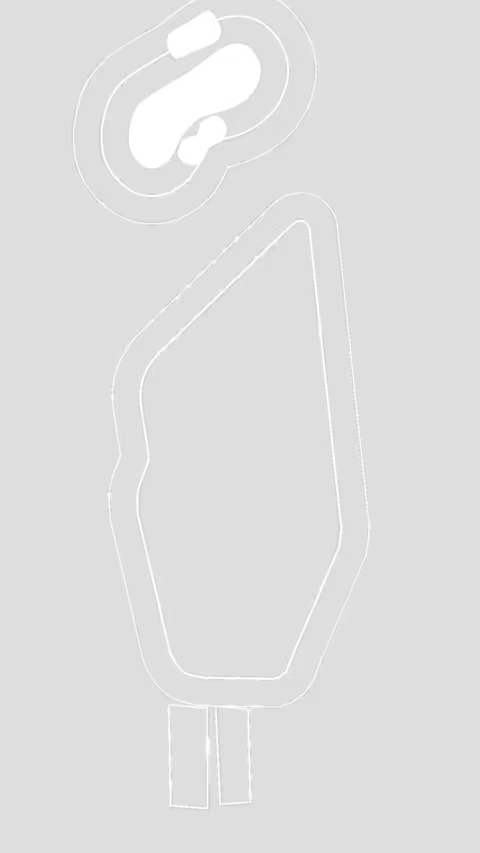
Golf in Puerto Rico: Where Tropical Biodiversity Meets Island Heritage
Golf in Puerto Rico: Where Tropical Biodiversity Meets Island Heritage Puerto Rico’s golf story is not merely about fairways and flags; it is a narrative deeply rooted in the island’s evolution from colonial outpost to vibrant sporting destination.
The historical roots of the game on the island trace back to the introduction of grass greens circa 1949 at Berwind Country Club, when Don Fernando Zegrí oversaw the transformation from sand to grass—an innovation that signaled a new era of international-standard golf on the island.
Soon thereafter, during the 1950s and 1960s, courses such as the Cerromar-Dorado Beach complex designed by Robert Trent Jones Sr., the Fazio brothers’ Ocean Course at Río Mar completed in 1975, Palmas del Mar by Gary Player, and El Conquistador’s Arthur Hills design began to dot the landscape.
Evolution continued as the tourism and golf industries grew hand in hand, with about 18 to 19 courses today and more under construction.
The key regions that define Puerto Rico’s golf identity are the verdant northeast near San Juan and El Yunque rainforest—home to Bahia Beach, Río Mar, Grand Reserve and Hyatt Grand Reserve; the historic west coast around Aguadilla where Punta Borinquen proffers cliff-top, wind-blown holes; the lush east near Fajardo with El Conquistador’s dramatic resort setting; the south near Ponce and Humacao offering ocean-fringed links-style experiences at Costa Caribe and Palmas del Mar; and the inland central mountainous areas where El Legado, designed by Chi-Chi Rodríguez near Guayama, offers a cultural narrative alongside mountain panoramas.
Among the signature courses, TPC Dorado Beach’s East and Sugarcane (originally West) layouts by Robert Trent Jones Sr.
feature tropical forest, lagoons and famously low-profile structures that cannot be taller than palm trees ; the Hyatt Regency Grand Reserve’s Championship Course by Tom Kite annually hosts PGA Tour professionals for the Puerto Rico Open, a stroke-play alternate event established in 2008, with past winners including Viktor Hovland and Tony Finau—this course epitomizes championship league design ; Grand Reserve Golf Club, also by Tom Kite, offers beachfront holes with El Yunque rainforest as backdrop and is the primary venue for the Puerto Rico Open ; Royal Isabela’s dramatic “links” layout, and El Legado near Guayama designed by Chi-Chi Rodríguez provide contrasting experiences: one showcasing rugged coastal drama, the other channeling the island’s local culture and history.
Player development includes junior programs and academies at resort facilities, though one of the most compelling stories remains Chi-Chi Rodríguez himself—rising from caddie to eight PGA Tour wins, then designing El Legado—his legacy continues to inspire Puerto Rican youth.
Notable local professionals like Rafael Campos compete on PGA and Korn Ferry Tours and vie each year in the Puerto Rico Open.
The tourism appeal of golf in Puerto Rico is robust: multi-course packages at resort clusters in the northeast or west complement cultural tours, rainforest hikes, beaches, and gastronomy; peak seasons generally span late fall through spring, with year-round access thanks to the tropical climate.
Non-golf attractions such as El Yunque, bioluminescent bays, historic San Juan, local cuisine, and art scenes enrich golf vacations.
Sustainability efforts have taken prominent shape post-2020: The Green Path program by Discover Puerto Rico promotes eco-friendly tourism ; courses like St.
Regis Bahia Beach, Fort Buchanan, and Rio Mar’s River Course are certified by Audubon International, with monarch butterfly habitat restoration via Monarchs in the Rough.
Future projects include the two courses under construction noted in early 2024 , debate over land-use proposals like Proyecto Esencia that include golf as part of resort development draws environmental scrutiny even as it pursues Audubon Signature Platinum certification.
Forecasts suggest continued growth as golf remains a safe, socially distanced sport extending tourism recovery.
